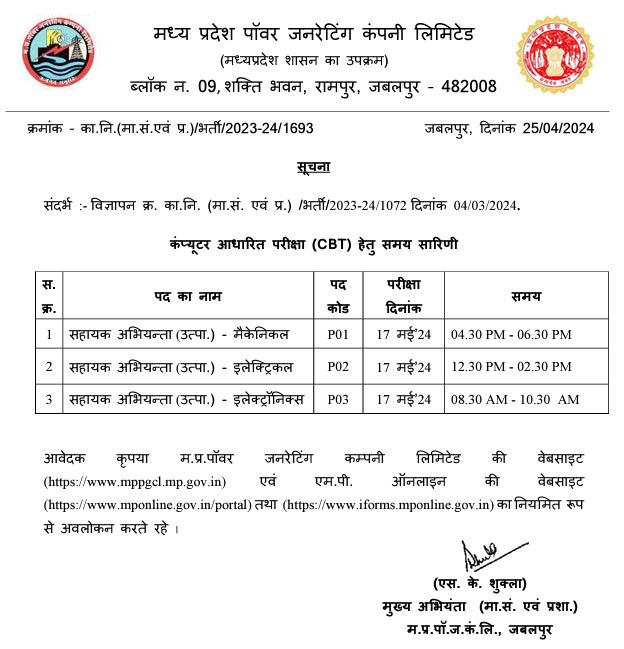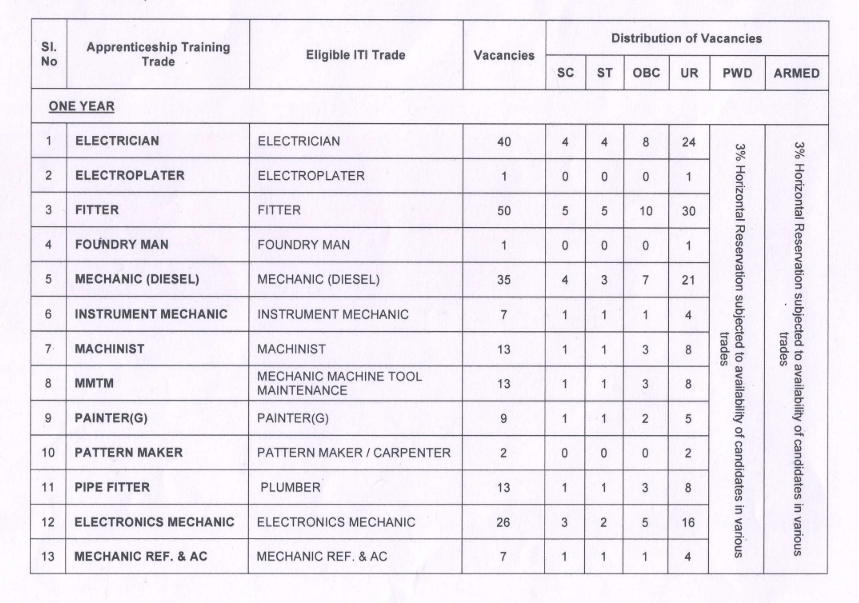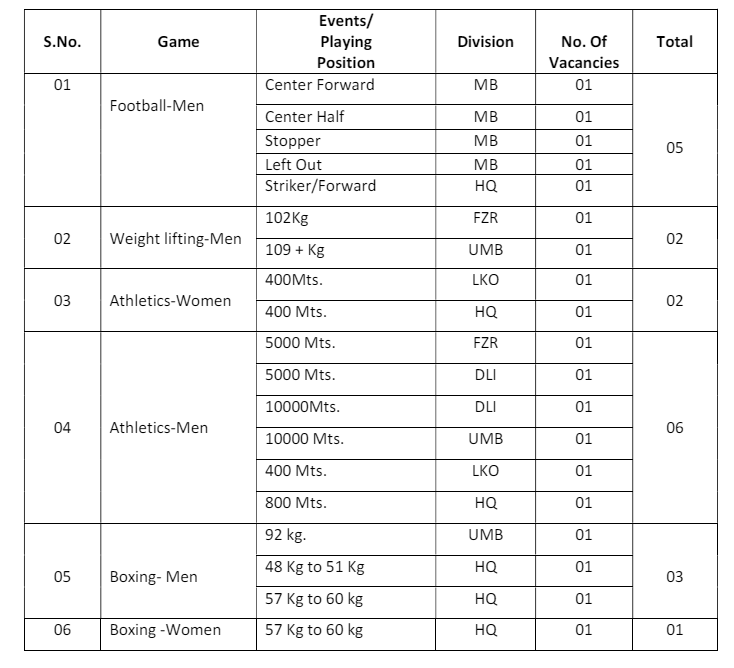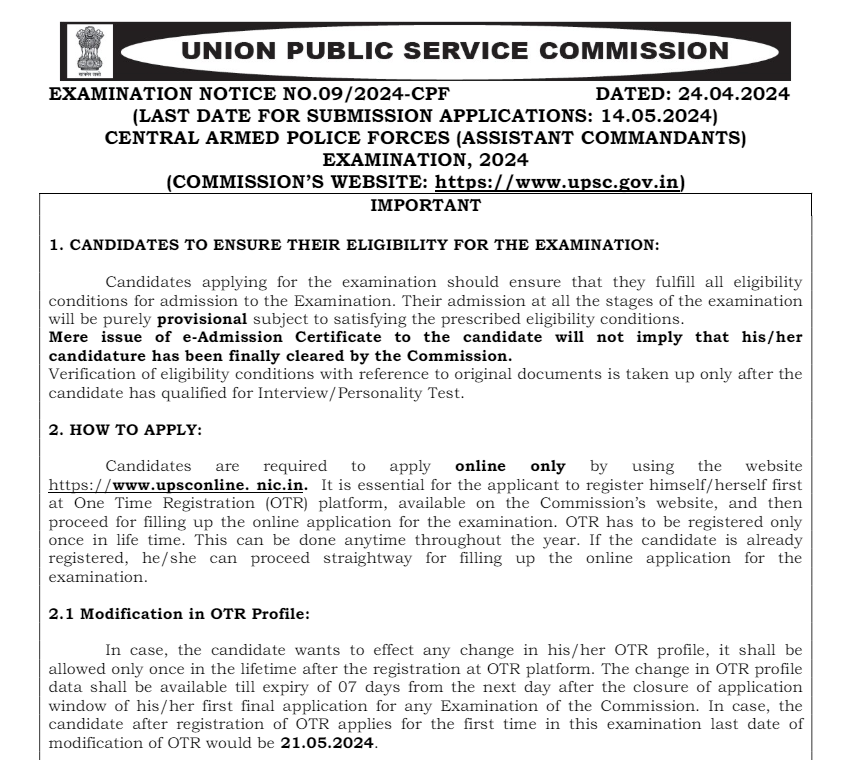Electrical Machines Expected MCQ PDF 7

Category –EM Online Test
Telegram-Join Us On Telegram
Attempt Free Electrical Machines Expected MCQ PDF 7 Here. Read The Important Electrical MCQ From Below.
1) Consider a purely inductive load connected to the alternator having zero lagging power factor. In this case the effect of armature reaction will be
a. Demagnetizing effect
b. Cross magnetizing effect
c. Both (a) and (b)
d. None of these
ANSWER: Demagnetizing effect
2) When a purely capacitive load is connected to the alternator having zero leading power factor then the armature flux and main flux will be
a. In the same direction
b. In the opposite direction
c. Main flux will lead armature flux by 90 degree
d. Main flux will lag armature flux by 90 degree
ANSWER: In the same direction
Electrical Machines Expected MCQ PDF 7
3) The open circuit voltage and short circuit current of a 3 phase, star connected alternator are 1050 V and 250 A respectively. Its field current is 12 A. Then the synchronous impedance of alternator will be
a. 1.34 ohm
b. 1.69 ohm
c. 2.42 ohm
d. 2.85 ohm
ANSWER: 2.42 ohm
4) A 6 kVA, 220 v 3 phase, star connected synchronous generator has a winding resistance of 0.15 ohm per phase and synchronous reactance of 6.1 ohm per phase. The voltage regulation of alternator at a load power factor of 0.8
lagging will be
a. 58.10 %
b. 68.43 %
c. 69.02 %
d. 72.81 %
ANSWER: 58.10 %
5) If two mechanically coupled alternators deliver power at 50 Hz and 60 Hz respectively, then the highest speed of alternators will be
a. 1200 rpm
b. 1500 rpm
c. 600 rpm
d. 300 rpm
ANSWER: 600 rpm
Electrical Machines Expected MCQ PDF 7
6) If the armature resistance and synchronous reactance of a 2 MVA, 11 kV, 3 phase star connected alternator are 2 ohm and 20 ohm per phase respectively. The value of full load generated voltage per phase at unity power factor will be
a. 6888.45 V
b. 6899.65 V
c. 6999.45 V
d. 7111.45 V
ANSWER: 6888.45 V
7) As the value of load power factor of an alternator changes, the value of armature reaction reactance
a. Remains constant
b. Changes
c. None of these
ANSWER: Changes
8) The given figure shows the load characteristics of an alternator. Which among the following is correct?
a. A – Leading p.f., B – unity p.f., C – lagging p.f.
b. A – Lagging p.f., B – unity p.f., C – leading p.f.
c. A – Leading p.f., B – lagging p.f., C – unity p.f.
d. A – Unity p.f., B – leading p.f., C – lagging p.f.
ANSWER: A – Leading p.f., B – unity p.f., C – lagging p.f.
9) In an alternator, the voltage regulation will be positive when the power factor of the load is
a. Leading
b. Unity
c. Lagging
d. Both ( b ) & ( c )
e. None of these
ANSWER: Both ( b ) & ( c )
Electrical Machines Expected MCQ PDF 7
10) On unity power factor, the terminal voltage of an alternator is
a. Always less than induced emf
b. Always greater than induced emf
c. Same as induced emf
d. None of these
ANSWER: Always less than induced emf
11) The percentage voltage regulation of an alternator is given by
a. {(Eph – Vph/ Eph) *100}
b. {(Vph – Eph / Eph)*100}
c. {(Eph – Vph / V ph)*100}
d. {(Vph – Eph / V ph)*100}
ANSWER: {(Eph – Vph / V ph)*100}
12) Which method for finding percentage regulation in synchronous machines is called pessimistic method?
a. E.M.F. method
b. M.M.F. method
c. Z.P.F. method
d. Direct loading method
ANSWER: E.M.F. method
13) For high capacity alternators, which method is not suitable for finding percentage regulation?
a. Direct loading method
b. Synchronous impedance method
c. Ampere-turns method
d. Potier triangle method
ANSWER: Direct loading method
Electrical Machines Expected MCQ PDF 7
14) For finding voltage regulation of an alternator, the method which gives most accurate result is
a. E.M.F method
b. M.M.F. method
c. Z.P.F method
d. ASA modification of M.M.F. method
ANSWER: Z.P.F method
15) Short circuit ratio of an alternator is given by
a. If for rated short circuit current / I f for rated short circuit voltage
b. If for rated short circuit Voltage / If for rated short circuit current
c. If for rated open circuit Voltage / If for rated short circuit current
d. If for rated short circuit current / If for rated open circuit voltage
ANSWER: If for rated open circuit Voltage / If for rated short circuit current
16) Low value of SCR in an alternator indicates
a. High stability limit
b. Low stability limit
c. None of these
d. Both
ANSWER: Low stability limit
Electrical Machines Expected MCQ PDF 7
17) If the value of SCR in an alternator is low then the air gap and voltage drop across synchronous reactance will be
a. Low, high
b. High, low
c. Low, low
d. High, high
ANSWER: Low, high
18) In Potier’s triangle method, to determine armature leakage reactance and armature reaction mmf separately, the tests performed are
a. Open circuit test and short circuit test
b. Open circuit test and zero power factor test
c. Short circuit test and zero power factor test
d. Open circuit test, short circuit test and zero power factor test
ANSWER: Open circuit test and zero power factor test
Electrical Machines Expected MCQ PDF 7
19) The synchronous generator is loaded for obtaining zero power characteristics by using
a. D.C. motor
b. Lamp load
c. Synchronous motor
d. All of these
ANSWER: Synchronous motor
20) The direct method for finding the voltage regulation of an alternator is/are
a. E.M.F method
b. M.M.F. method
c. Z.P.F method
d. None of these
ANSWER: None of these
Electrical Machines Expected MCQ PDF 7
21) What happens if a stationary alternator is connected to live bus bar?
a. It can result in short circuit
b. A large emf will be induced by alternator
c. Both (a) and (b)
d. None of these
ANSWER: It can result in short circuit
22) To have effective synchronization without any interruption, the necessary conditions which must be satisfied are
a. The terminal voltage and frequency of the incoming machine must be same as that of bus bar voltage and frequency
b. With respect to the external load, the phase of alternator voltage must be identical with that of the bus bar voltage
c. Both (a) and (b)
d. None of these
ANSWER: Both (a) and (b)
23) In lamps dark method for synchronization of single phase alternator, if the frequency of two alternators is exactly same as well as their voltages are in exact phase opposition then the resultant voltage will be
a. Sum of the voltages of two alternators
b. Equal to the voltage of alternators
c. Zero
d. None of these
ANSWER: Zero
24) If the frequencies of the two alternators in lamp dark method for synchronization of alternators are unequal, then the two lamps will
a. Glow together
b. Become alternately bright and dark
c. Not glow at all
d. None of the above
ANSWER: Become alternately bright and dark
Electrical Machines Expected MCQ PDF 7
25) For synchronization of single phase alternators which method gives the more accurate result?
a. Lamps dark method
b. Lamps bright method
c. Both (a) and (b)
d. None of these
ANSWER: Lamps bright method
26) While synchronization of three phase alternators by lamps bright and dark method, if the lamps pair become dark and bright simultaneously, it indicates
a. Incorrect phase sequence
b. That the frequencies of alternators are different
c. That voltage of the alternators are not in phase opposition
d. All of these
ANSWER: Incorrect phase sequence
27) For synchronization of alternators, the most suitable method is
a. Lamps method
b. Voltmeter
c. Synchroscope
d. None of the above
ANSWER: Synchroscope
Electrical Machines Expected MCQ PDF 7
28) What does the pointer of synchroscope indicate when it is rotating in anticlockwise direction and when it is rotating in clockwise direction?
a. Incoming machine is running slow, incoming machine is running faster
b. Incoming machine is running faster, incoming machine is running slow
c. Pointer rotates only in clockwise direction
d. all of the above
ANSWER: Incoming machine is running slow, incoming machine is running faster
29) The electrical power output in case of synchronous machine is
a. Directly proportional to the power angle
b. Inversely proportional to the power angle
c. Directly proportional to the square of power angle
d. None of these
ANSWER: Directly proportional to the power angle
Electrical Machines Expected MCQ PDF 7
30) The electrical power output of an alternator will be maximum, if the power angle is equal to
a. 0 degree
b. 45 degree
c. 90 degree
d. 180 degree
ANSWER: 90 degree
Electrical Machines Expected MCQ PDF 7
31) The synchronous generator supplies leading power factor and lagging power factor respectively when it is
a. Over excited, under excited
b. Over excited, over excited
c. Under excited, under excited
d. Under excited, over excited
ANSWER: Under excited, over excited
32) Blondel’s two reaction theory which gives the method of analysis of disturbing effects caused by
a. Salient pole construction
b. Non salient pole construction
c. Both (a) and (b)
d. None of these
ANSWER: Salient pole construction
33) According to Blondel’s two reaction theory the armature mmf is divided into components, direct axis component and quadrature axis component. The component acting along quadrature axis is
a. Magnetizing
b. Demagnetizing
c. Cross magnetizing
d. None of these
ANSWER: Cross magnetizing
Electrical Machines Expected MCQ PDF 7
34) According to Blondel’s two reaction theory, the armature mmf component acting along direct axis can be
a. Demagnetizing
b. Magnetizing
c. Cross magnetizing
d. Either (a) or (b)
ANSWER: Either (a) or (b)
35) The reluctance offered to the mmf wave is lowest when
a. It is aligned with the field pole axis
b. It is oriented at 90 degree to the field pole axis
c. Both (a) and (b)
d. None of these
ANSWER: It is aligned with the field pole axis
36) In Blondel’s two reaction theory, if Ia is armature current per phase, Ra is armature resistance, Xd is direct axis synchronous reactance, Xq is quadrature axis synchronous reactance and V is the terminal voltage, then the voltage in phase with direct axis will be
a. V + IaRa + Ia Xd
b. V + IaRa + IaXq
c. V + IaXd + IaXq
d. V + IaRa + IaXd + IaXq
ANSWER: V + IaRa + Ia Xd
Electrical Machines Expected MCQ PDF 7
37) Depending upon the reluctances offered along the direct axis and quadrature axis, the armature reaction flux will
a. Lead the armature current
b. Lags behind the armature current
c. In phase with the armature current
d. None of these
ANSWER: Lags behind the armature current
38) The method used to determine Xd and Xq, the direct and quadrature axis reactance is called
a. Reactance test
b. Blondel’s two reaction theory
c. Slip test
d. All of the above
ANSWER: Slip test
39) In a salient pole synchronous generator if Ea is the internal induced emf with Id and Iq be the direct axis and quadrature axis component of armature current, then
a. Iq is in phase with Ea
b. Id is in phase with Ea
c. Id is at 90 degree to Ea
d. Both (a) & (c)
e. None of these
ANSWER: Both (a) & (c)
Electrical Machines Expected MCQ PDF 7
40) The direct axis reactance (Xd) and quadrature axis reactance (Xq) obtained from slip test are
a. Xd = minimum voltage/minimum current , Xq = maximum voltage/maximum current
b. Xd = minimum voltage/maximum current , Xq = maximum voltage/maximum current
c. Xd = maximum voltage/minimum current , Xq = minimum voltage/maximum current
d. Xd = maximum voltage/maximum current , Xq = minimum voltage/minimum current
ANSWER: Xd = maximum voltage/minimum current , Xq = minimum voltage/maximum current
Electrical Machines Expected MCQ PDF 7














